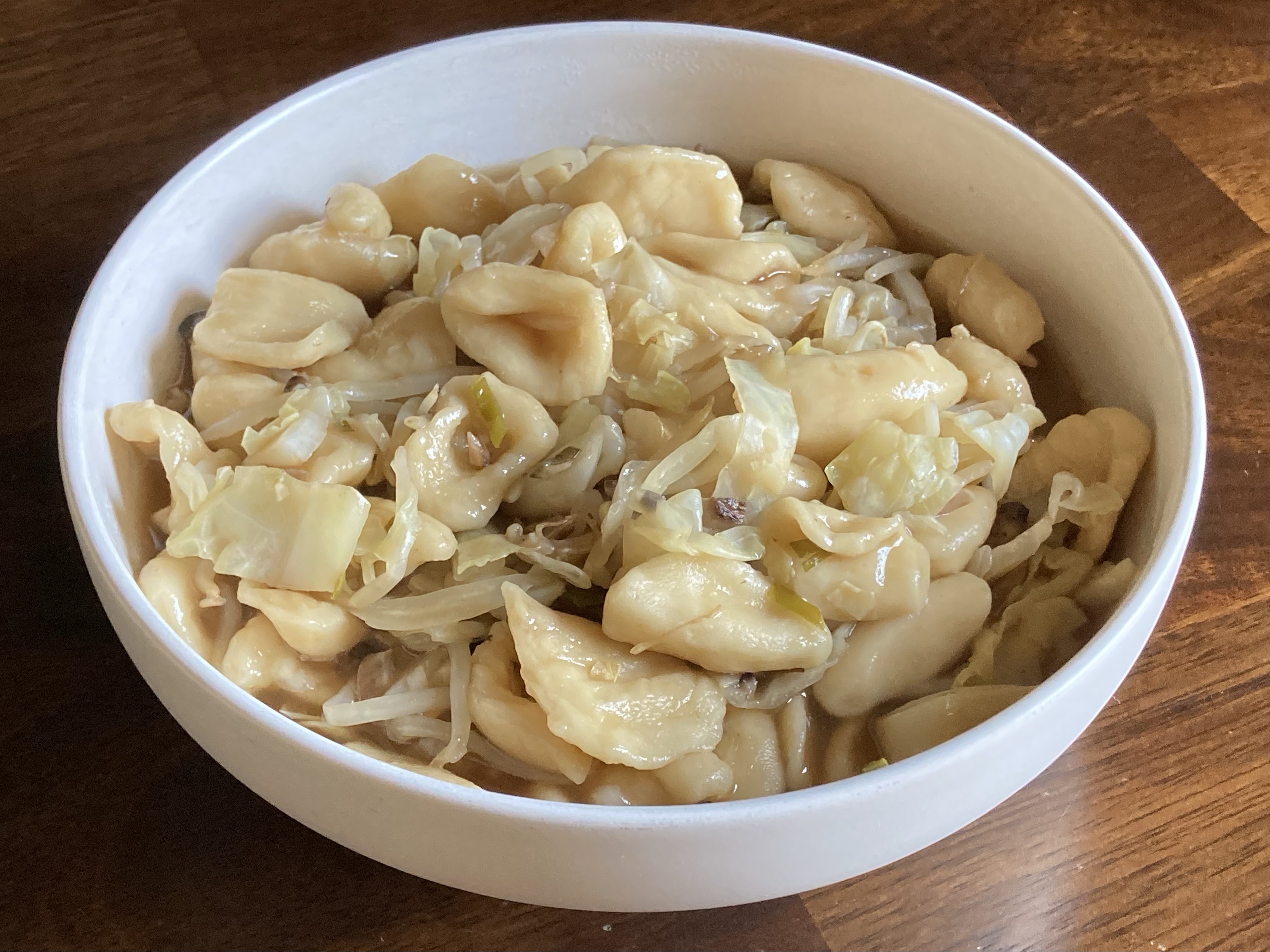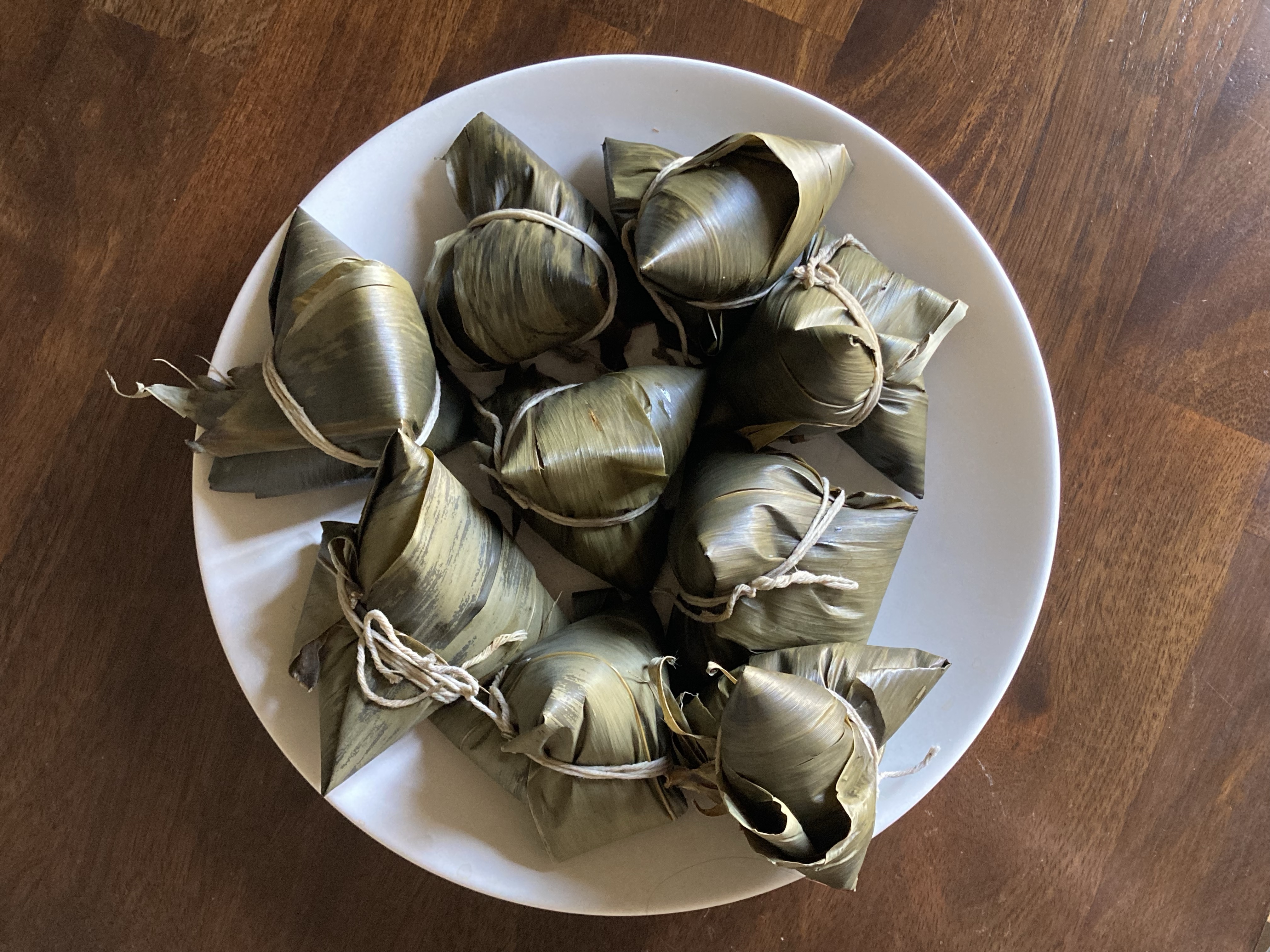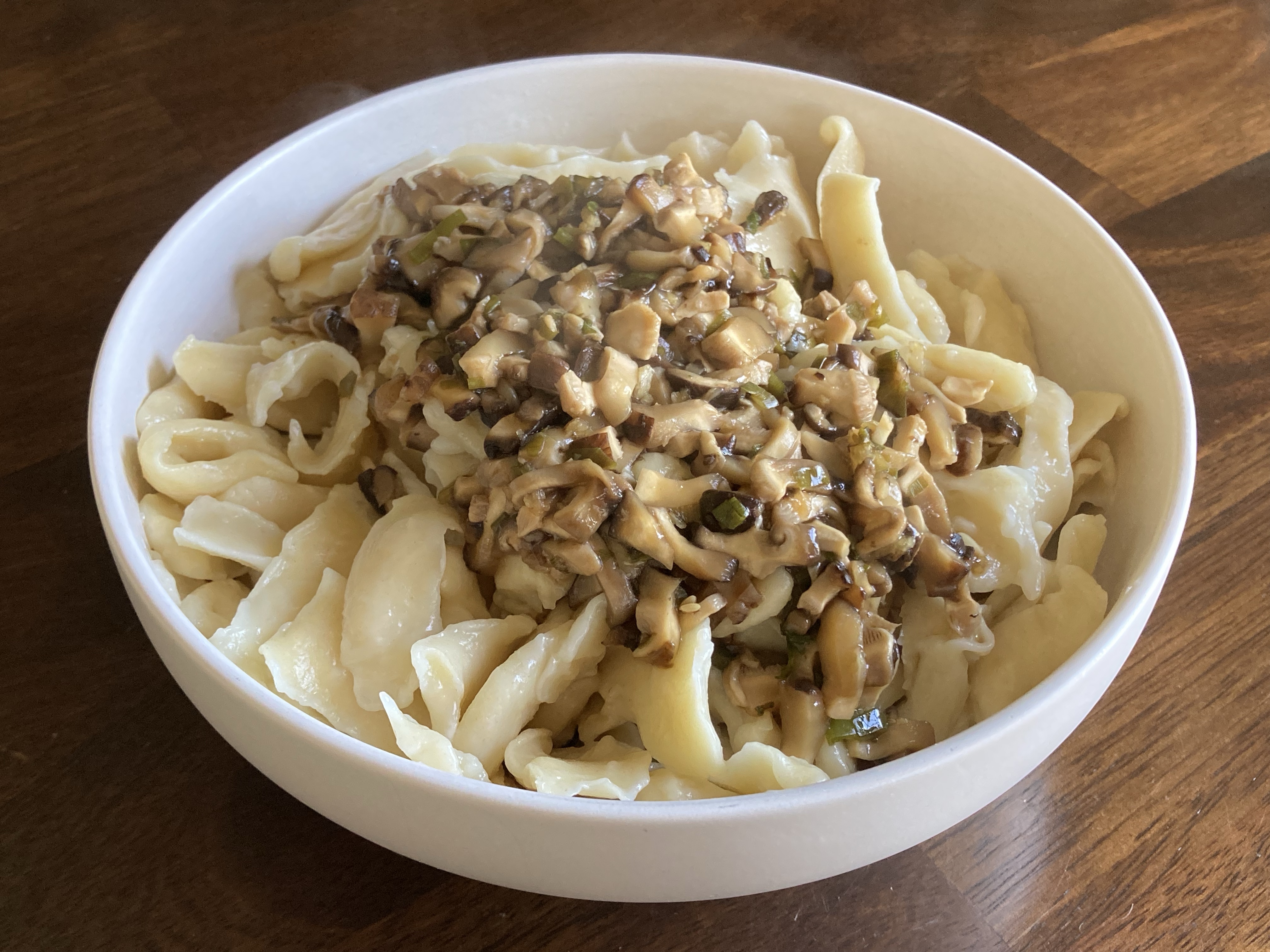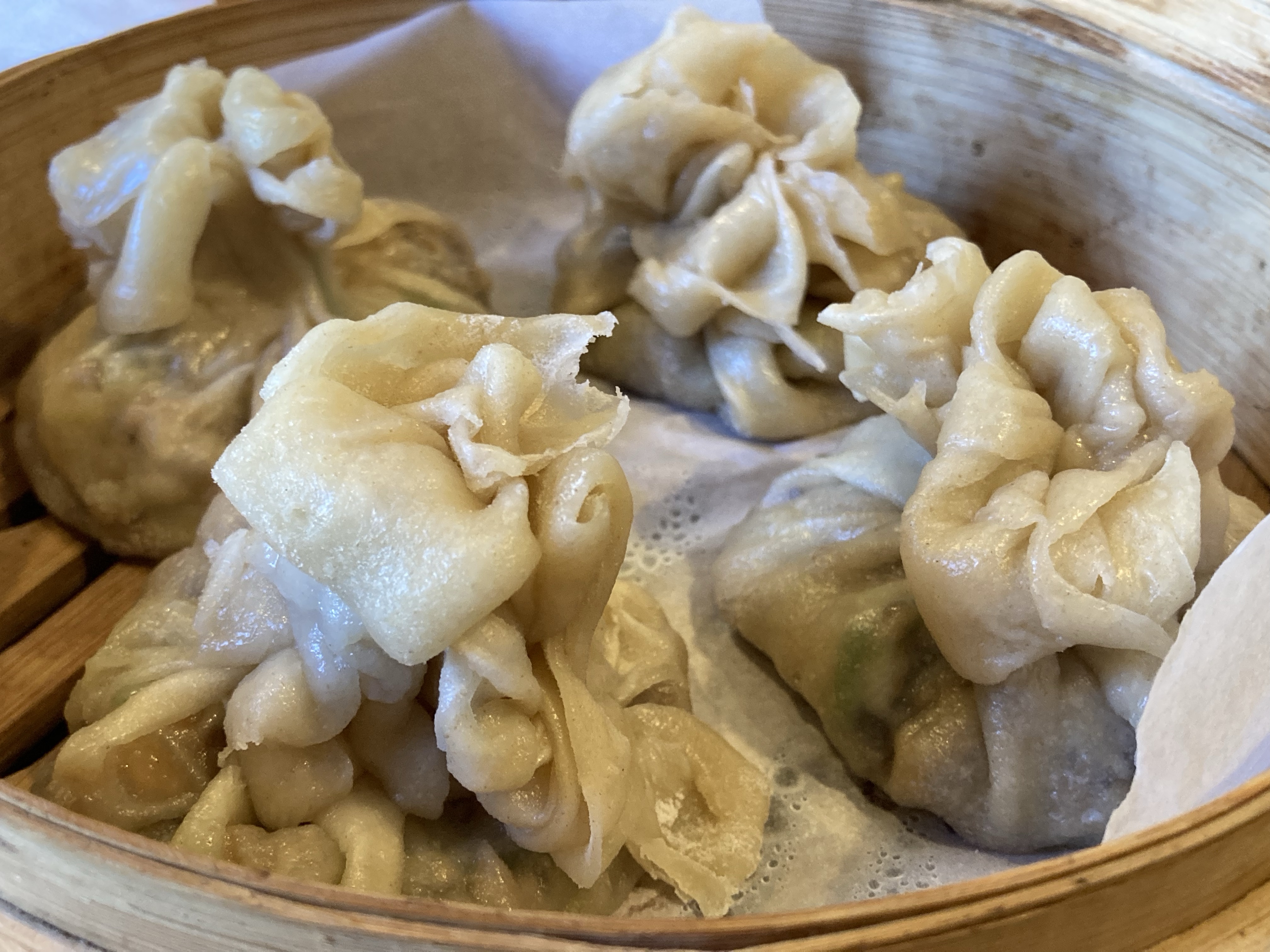Jin Cuisine
Jin cuisine is the food culture of the primarily Jin-speaking Han Chinese people of northern China, mainly in Shandong(山東) province and surrounding areas.
The Jin cultural region is defined by the Jin language(晉語), related to other Sinitic languages, especially Mandarin. Some consider Jin a dialect of Mandarin, while other consider it a separate language.
Datong(大同) is a cultural center and was once the ancient western capital(西京) of China.
The Jin region is also home to many ancient historic sites such as Xuankong Temple(懸空寺), the famous hanging temple built on stilts on a cliffside near Mount Heng(恆山), and the Yungang Grottoes(雲崗石窟), ancient caves carved with unique Buddhist images. Historic rock-cut architecture dates back well over a thousand years. Even today, homes or other structures are sometimes carved into the side of cliffs. Ancient wooden structures are particularly well preserved in this region. Many traditional homes are built as compounds(大院) with inner courtyards, similar to other northern Chinese cultures.
Cloth tigers(布老虎), particularly Lihou tigers(黎侯虎), are a traditional handmade craft and toy.
Ingredients
Wheat is an important staple in the Jin region. It is commonly processed and used for noodles such as knife-cut noodles(刀削麵).
Proso millet(黍) or broomcorn millet is a type of sticky millet and a traditional staple food grown in the region since ancient times. Once hulled, it is called huang mi(黃米).
Mature vinegar called chen cu(陳醋) is often used.
Red apricot(紅杏) is a specialty produce of the region. Apricots can be found wild and used for their fruit and kernel.
Lamb is a common meat.
Dishes
- yellow cake(黃糕): proso millet cake
- guan chang(灌腸): sliced buckwheat cake with thick sauce
- kao lao lao(烤姥姥): steam wheat flour dough in thin rolls
- lao bing(烙餅): savory wheat flour pancake, plain or with fillings suck as scallion
- shumai(燒賣 shāomài): thin dough wrapper with filling of mutton, scallion, and ginger; often served with vinegar dipping sauce
- knife-cut noodles(刀削麵): boiled noodles cut from a block with a knife, often served with meat sauce and blanched greens or similar toppings
- knife-pushed noodles(刀撥麵): thin or wide noodles sliced with a wide knife
- he le(餄餎): round noodles made with wheat or other grain such as buckwheat or sorghum
- ti jian(剔羹 / 剔尖): noodles shaped by flicking with a chopstick
- grated noodles(抿羹 / 抿尖 / 擦羹 / 擦尖): noodles shaped by pressing through a coarse grater
- cat ear noodles(貓耳朵): wheat or other grain pasta, typically with various vegetables, mushrooms, meat, and/or sauce
- pea cake(豌豆糕): sweet cake made from yellow peas
Recipes
-

Cat Ear Noodles
Cat ear noodles, or simply ‘cat ears'(貓耳朵 mao er duo), are a type of noodles so named because their shape […]
-

Jujube Zong
Jujube zong or zongzi(棗粽子) is a traditional food of China, especially northern areas such as Beijing. It is made from […]
-

Knife-Cut Noodles
Knife-cut noodles(刀削麵) is a noodle dish from Jin cuisine of northern China, mainly Shanxi(山西) Province. Noodles are cut from a […]
-

Shaomai
Shaomai(燒賣), sometimes called shumai, is a type of dumpling from northern China characterized by its decorative wrapper. Shaomai traditionally has […]